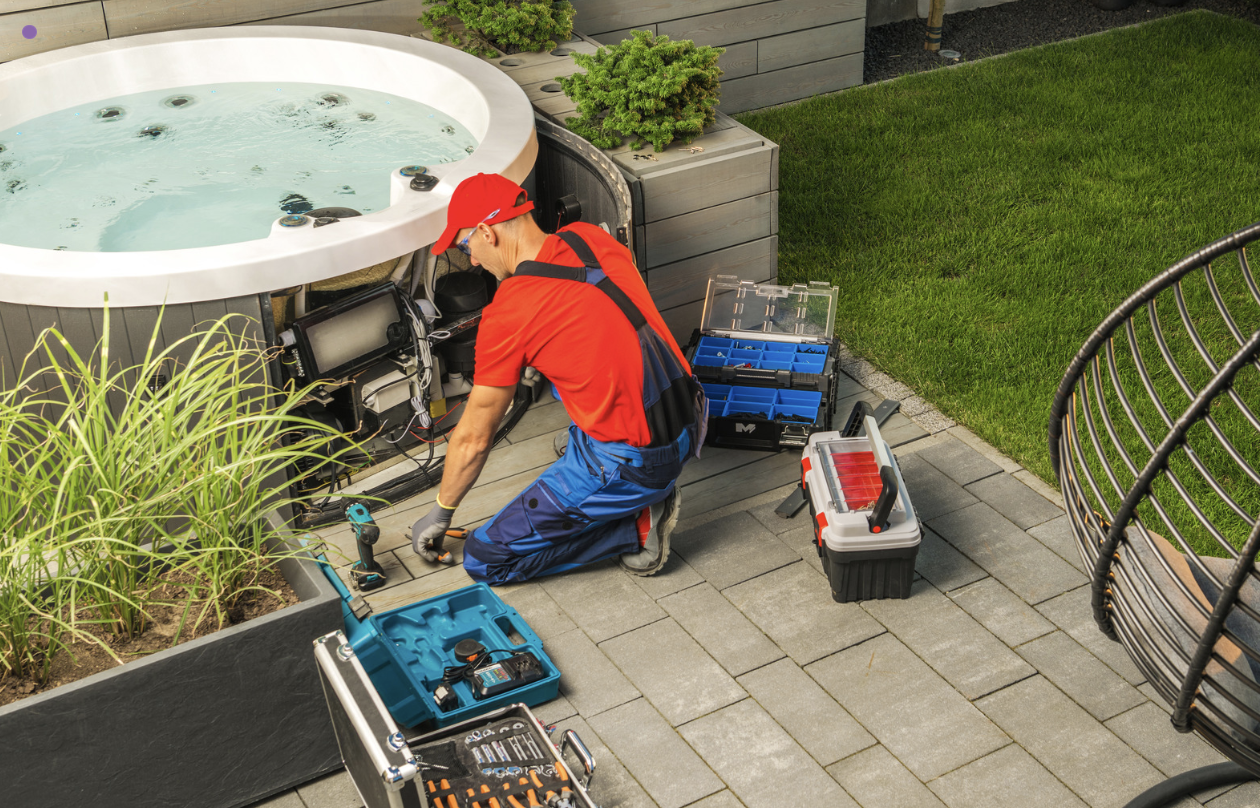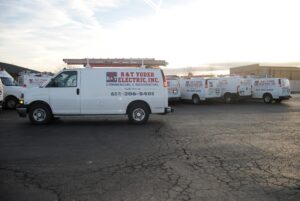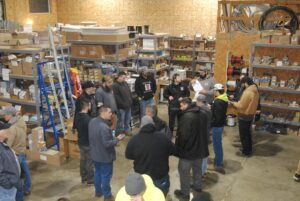
A hot tub is more than a luxury—it’s a personal sanctuary where stress dissolves in bubbling water and warmth. Yet, this tranquil experience depends on a complex electrical system working seamlessly behind the scenes. From pumps and heaters to lights and control panels, your hot tub’s functionality rests on intricate wiring and precise electrical connections.
When something goes wrong, the results can range from lukewarm water to complete system failure—or worse, a safety hazard. Electrical malfunctions are not only inconvenient but potentially dangerous when water and electricity coexist. Understanding the most common hot tub electrical problems, their causes, and the importance of professional repair services helps ensure uninterrupted, safe relaxation.
The Critical Role of Electrical Safety in Hot Tubs
Electricity and water are a risky combination. The smallest wiring defect can lead to shocks, fires, or expensive damage to sensitive components. This makes professional electrical repair essential for hot tub maintenance.
Why Hot Tub Electrical Repairs Should Never Be Delayed:
- Shock Prevention:
Faulty wiring can cause stray electrical currents to pass through water—a deadly hazard. - Equipment Longevity:
Damaged components strain the system, accelerating wear and shortening the tub’s lifespan. - Operational Efficiency:
Electrical issues can cause motors and heaters to overwork, increasing energy bills. - Code Compliance:
Repairs must align with the National Electrical Code (NEC) and local regulations. - Uninterrupted Relaxation:
Timely repairs ensure your hot tub is ready when you need it most.
Did You Know?
The NEC mandates Ground-Fault Circuit Interrupter (GFCI) protection for all hot tubs to prevent electric shock incidents.
Common Hot Tub Electrical Issues and Their Solutions
Hot tubs contain multiple electrical components, each susceptible to wear and environmental stress. Here’s a breakdown of the most common problems and how professionals address them.
1. Heater Failures
Symptoms:
- Lukewarm or cold water despite active settings.
- Error messages on the control panel.
Causes:
- Burned-out heating elements.
- Faulty thermostats or sensors.
- Corroded wiring connections.
Repair Solutions:
- Test and replace malfunctioning heating elements.
- Recalibrate or replace faulty thermostats.
- Inspect and repair corroded connections.
Pro Tip:
Calcium buildup from hard water often damages heating components. Regular descaling extends heater lifespan.
2. Pump Motor Malfunctions
Symptoms:
- Weak or no jet flow.
- Grinding or humming noises from the motor.
Causes:
- Motor bearing failure.
- Blocked impeller.
- Electrical supply issues.
Repair Solutions:
- Lubricate or replace worn bearings.
- Clear debris from the impeller.
- Inspect wiring and test power supply.
Insight:
Running a hot tub without water, even briefly, can burn out the pump motor.
3. Malfunctioning Control Panels
Symptoms:
- Buttons unresponsive.
- Incorrect temperature readings.
Causes:
- Software glitches.
- Moisture infiltration.
- Wiring connection issues.
Repair Solutions:
- Reset and update control panel firmware.
- Seal or replace water-damaged components.
- Rewire or secure loose connections.
Did You Know?
High humidity often causes control panel malfunctions in outdoor spas.
4. GFCI Tripping Repeatedly
Symptoms:
- Power cuts off unexpectedly.
- Frequent need to reset the GFCI breaker.
Causes:
- Ground faults from damaged wiring.
- Moisture in electrical components.
- Overloaded circuits.
Repair Solutions:
- Inspect wiring for damage or moisture intrusion.
- Dry and reseal affected components.
- Rebalance loads to prevent overloads.
Safety Note:
Never bypass a tripping GFCI. It indicates a potentially dangerous fault that requires immediate attention.
5. Lighting System Failures
Symptoms:
- Non-functioning underwater lights.
- Flickering or dimming illumination.
Causes:
- Burned-out bulbs.
- Corroded wiring.
- Moisture ingress into lighting fixtures.
Repair Solutions:
- Replace bulbs with waterproof, LED alternatives.
- Clean and seal corroded connections.
- Upgrade housings to moisture-resistant designs.
The Hot Tub Electrical Repair Process: Step-by-Step
Hot tub electrical repair isn’t guesswork; it’s a systematic process ensuring reliability and safety. Here’s how professionals approach these repairs:
1. Power Shutdown and Safety Check
- Disconnect power supply to prevent shocks.
- Confirm deactivation with voltage testers.
2. System Diagnosis
- Use diagnostic tools to assess electrical currents.
- Identify error codes displayed on the control panel.
3. Component Inspection
- Check pumps, heaters, control panels, and lights for damage.
- Inspect wiring for corrosion, breaks, or loose connections.
4. Repair or Replacement
- Replace worn components with manufacturer-approved parts.
- Secure and insulate wiring to prevent moisture damage.
5. Testing and Verification
- Reconnect power and test all functions under normal load.
- Confirm GFCI responsiveness and control panel accuracy.
The Science of GFCI Protection: Why It Matters
GFCI devices protect against ground faults—instances where electricity flows through unintended paths, like water. In a hot tub, this can be catastrophic.
🔍 How GFCI Works:
- Continuously monitors current flow between hot and neutral wires.
- Detects imbalances as small as 5 milliamps.
- Cuts power within milliseconds to prevent shocks.
Fact:
The NEC requires GFCI protection for hot tubs, pools, and any outdoor electrical outlets.
Preventative Maintenance for Hot Tub Electrical Systems
Routine maintenance keeps electrical issues at bay and extends equipment lifespan.
Hot Tub Electrical Maintenance Checklist:
- Monthly:
- Test GFCI devices using the built-in test button.
- Check for unusual noises or odors around electrical components.
- Quarterly:
- Inspect control panel buttons and displays.
- Clean and inspect pump motors for debris or corrosion.
- Annually:
- Hire a licensed electrician for a comprehensive system check.
- Recalibrate temperature sensors and safety devices.
Pro Tip:
Install a weatherproof cover for outdoor hot tubs to protect electrical components from rain and debris.
The Risks of DIY Hot Tub Electrical Repairs
DIY enthusiasts may feel tempted to tackle electrical issues themselves, but hot tub repairs require specialized skills and tools.
Dangers of DIY Electrical Work:
- Electric Shock:
Water increases shock risks exponentially. Even low-voltage circuits can cause severe injury. - System Damage:
Incorrect repairs strain components, leading to further malfunctions. - Code Violations:
Improperly repaired systems may fail inspections and void warranties.
Fact:
The U.S. Consumer Product Safety Commission (CPSC) reports dozens of electrocution incidents related to improper pool and spa wiring each year.
How Modern Technology Enhances Hot Tub Electrical Systems
Today’s hot tubs integrate smart technology for enhanced convenience and efficiency.
Popular Technological Features:
- Wi-Fi-Enabled Control Panels:
Adjust settings remotely via smartphone apps. - Energy-Efficient Pumps and Heaters:
Variable-speed motors reduce energy consumption. - LED Lighting Systems:
Customizable lighting schemes for ambiance and safety.
Tip:
Ensure your Wi-Fi module is installed in a dry, well-ventilated location to prevent signal loss.
Understanding Electrical Load Requirements for Hot Tubs
Hot tubs demand significant electrical power, often requiring dedicated circuits.
🔍 Key Electrical Specifications:
- Voltage: 120V for smaller units; 240V for larger, high-performance spas.
- Amperage: 30 to 60 amps depending on the heater and pump capacity.
- Dedicated Circuit: Hot tubs must have independent circuits to prevent overloads.
Insight:
A licensed electrician will calculate the spa’s load to prevent circuit breaker trips during operation.
FAQ Section
1. How often should I have my hot tub’s electrical system checked?
An annual inspection is recommended, with additional checks after severe weather events.
2. Why does my hot tub keep tripping the breaker?
This often indicates ground faults, moisture intrusion, or overloaded circuits.
3. Can I replace the hot tub heater element myself?
While possible, professionals ensure proper installation, preventing leaks or electrical damage.
4. Is GFCI protection necessary for indoor hot tubs?
Yes. GFCI protection is mandatory for all hot tubs, regardless of location.
5. What should I do if my hot tub’s lights flicker?
Flickering often signals wiring issues or moisture damage. Turn off power and call an electrician.
A malfunctioning hot tub isn’t just an inconvenience—it’s a safety risk. Electrical systems power every aspect of your spa experience, from soothing heat to powerful jet streams. Keeping these systems in peak condition ensures reliable, worry-free relaxation.
Our team of licensed electricians specializes in diagnosing and repairing hot tub electrical issues with precision and care. We adhere to the highest safety standards, using advanced tools to pinpoint problems and implement lasting solutions.







